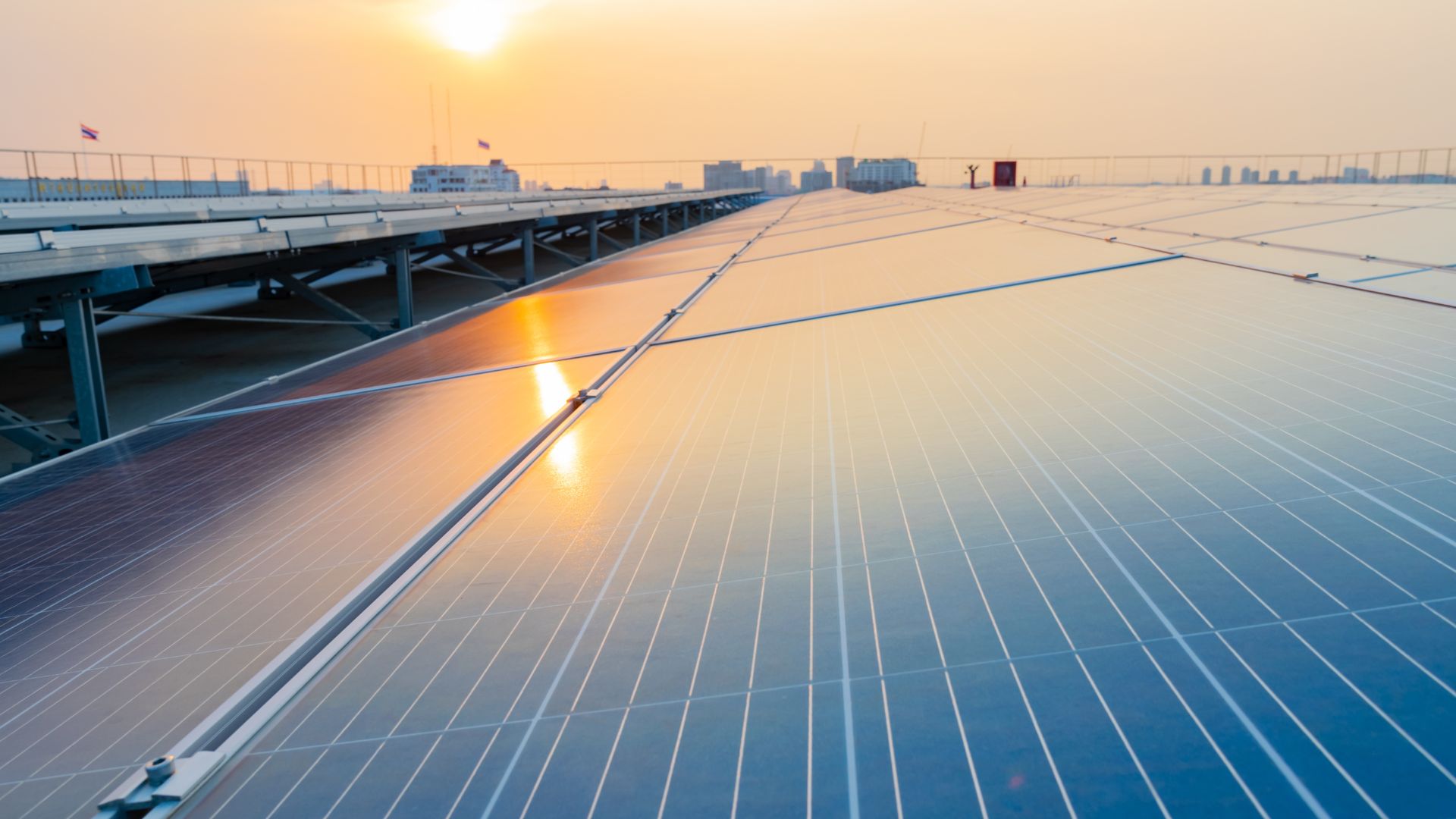Solar power could come at expense of wildlife

Solar power could come at expense of wildlife
By Zak Sonntag
Casper Star-Tribune
Via Wyoming News Exchange
CASPER — The federal government wants to vastly expand access to public lands for industrial-scale solar projects. The final proposal for the Western Solar Plan promises to entrench solar power at the heart of the American energy transition in the wider goal of reaching netzero emissions by 2050.
Issued by the Bureau of Land Management, the plan would make more than 31 million acres of public lands across 11 western states available for possible utility-scale photovoltaic development, including millions of acres in Wyoming, which is considered to be among the top ten states for solar potential.
But it may conflict with other federal priorities, and some believe it puts renewables on a collision course with habitat conservation and vulnerable wildlife.
“I think they are giving developers way too much leeway. They’ve made this incredibly permissive for development at the expense of habitat,” said Randi Spivak, policy director at the Center for Biological Diversity.
The initial draft set aside roughly 22 million acres for potential development, required projects to be sited on already degraded land, and limited developments to within 10 miles of existing or planned transmission lands.
The final draft increases the acreage by 50% and allows projects to be 15 miles from transmission while loosening other siting requirements, which raises red flags for conservationists.
It comes at a moment when solar energy is already advancing at a speedy clip. As much as 36 gigawatts of solar capacity will hit the grid in 2024, increasing its share by 42% and helping push renewable generation past coal-fired power for the first time on record, according to data from the U.S. Energy Information Administration.
Spivak and others say the Western Solar Plan is too aggressive and will undermine Wyoming’s sage grouse, a species uniquely sensitive to development and whose populations are in spiraling decline.
Juxtaposing the solar plan with the BLM’s Greater Sage Grouse Land Use Plan shows how both general and priority sage grouse habitat are subject to potential industrial development. The agency’s sage grouse preferred alternative would allow industrial-scale solar on priority habitat management areas determined “unsuitable” or that “does not provide important connectivity between habitat areas,” the plan states.
Among other caveats, these determinations will be made by wildlife biologists within the agency.
Even as certain habitat areas may be unsuitable now, opponents argue, allowing development will prevent currently unsuitable areas from becoming ecologically viable in the future. There is a lower bar for development in general habitat management areas.
“General habitat is going to be really hammered, and I think there are big question marks about priority habitat,” Spivak said.
The proposal has called attention to another Wyoming-specific stipulation in which energy developments are constrained by a “disturbance cap” of 5% in sage grouse habitat areas. Spivak says this is an arbitrary figure that doesn’t align with the best science.
“The data pretty much shows that sage grouse start avoiding areas at 1.5% disturbance. Wyoming has a scientifically unjustified disturbance allowance of 5%. Nothing in the literature whatsoever supports that disturbance cap,” Spivak said, adding that solar is merely one of a growing list of development pressures pushing vulnerable wildlife to the margins.
The agency insists that sufficient guardrails are nonetheless in place.
One of the reasons it’s made so many acres eligible is to allow for flexibility. Currently, the agency’s “reasonable foreseeable development” area is less than 1 million acres, and proposed projects will still undergo site-specific environmental review and public comment periods.
“It will drive responsible solar development to locations with fewer potential conflicts while helping the nation transition to a clean energy economy, furthering the BLM’s mission to sustain the health, diversity, and productivity of public lands for the use and enjoyment of present and future generations,” said BLM Director Tracy Stone-Manning in a statement.
To date, the Biden-Harris administration has approved 40 renewable energy projects on public lands — 9 solar, 13 geothermal, and 18 generation facilitation projects, like transmission lines.
Even as Spivak and other conservationists agree in principle with the need to increase renewable energy, they believe the proposal fails to strike a balance.
“In our transition to renewable energy, we cannot sacrifice biodiversity and habitat. There is tension here, and we need to be mindful of it and plan better for it. I don’t think this proposal fully does that,” Spivak said.
This story was published on September 2, 2024.








